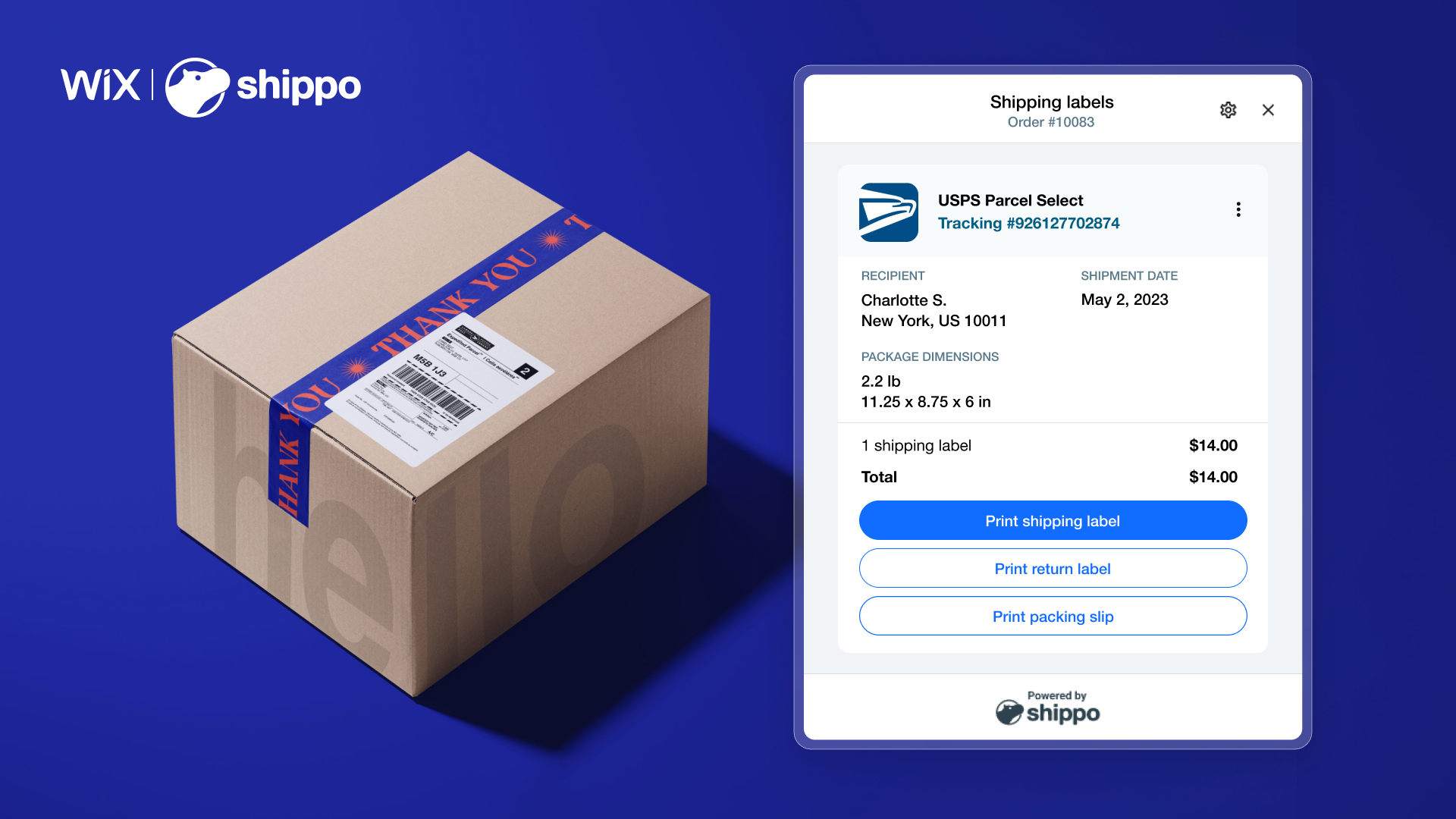Bournemouth Airport’s Cargo First air freight business is celebrating the start of a new regular service between China and Bournemouth as part of a strategic partnership to grow the airport’s cargo operation.
Shenzhen Sharing Express Logistic-Tech Ltd (SSELT) has launched the first all-cargo route between Chengdu Shuangliu International Airport (CTU) in China and Bournemouth Airport (BOH) in the United Kingdom, further enhancing its comprehensive logistics solutions for cross-border e-commerce sellers.
The new service is operated by Bournemouth-based European Cargo using its fleet of all-cargo A-340 wide-bodied freighters, each with a capacity of 70 tonnes. Initially, there are three flights per week, with plans to gradually increase the frequency to five flights per week in the future as SSELT strengthens its global network.
The new route has received support from the China Council for the Promotion of National Trade and China Post, bolstering international connectivity for the Chengdu region and offering a fast and reliable solution for south west China’s cross-border e-commerce sellers to reach the UK market. SSELT is also targeting UK exporters on return legs, supporting the flow of UK goods to the China market.
The route is further evidence of Bournemouth’s growing status as a strategic freight hub. It is the only unconstrained airport in Southern England and Cargo First’s One Team approach means it controls every aspect of the process, airside and landslide. Combined with being just 90 minutes from London, it means shipments can get to customer warehouses in half the time of going through a London hub airport.
Bournemouth Airport managing director Steve Gill, said: “We’re delighted that Cargo First is part of this strategic partnership with SSELT and European Cargo, offering a fast and efficient route for cross border e-commerce into the UK. Together we can save customers a lot of time in a time-sensitive market. That’s a huge selling point, and one that we are taking to Air Cargo Europe next week. [May 9-10]
“Working with European Cargo we’ve proven Bournemouth as a viable alternative gateway to London and the South East for commercial air cargo. Cross border e-commerce continues to experience strong growth and we are seeing a lot of providers like SSELT scouting for alternatives to the London hubs because they want airports that can handle that growth into the future.”
European Cargo’s chief executive David Kerr said: “We have extensive experience of the China market and this new route from Chengu to Bournemouth establishes an exciting new trade corridor that ensures the timely delivery of e-commerce goods from south west China to UK consumers. It also creates significant opportunities for UK exports back to China and is among a range of potential routes that we are looking to grow.”
For European Cargo the new route is also a proving ground for its fleet of all-cargo Airbus A340 long haul freighters that it has been converting with a bespoke in-cabin pod containment system to add to belly capacity. It expects up to six conversions this year with a further pipeline in 2024, making it the largest UK-based wide-bodied carrier. In the last few months the freighters have received certification from both EASA (European Aviation Safety Agency) and the Civil Aviation Authority in the UK.







